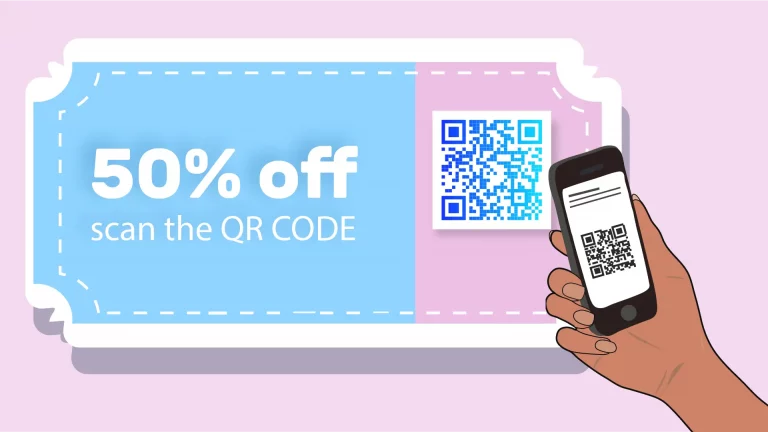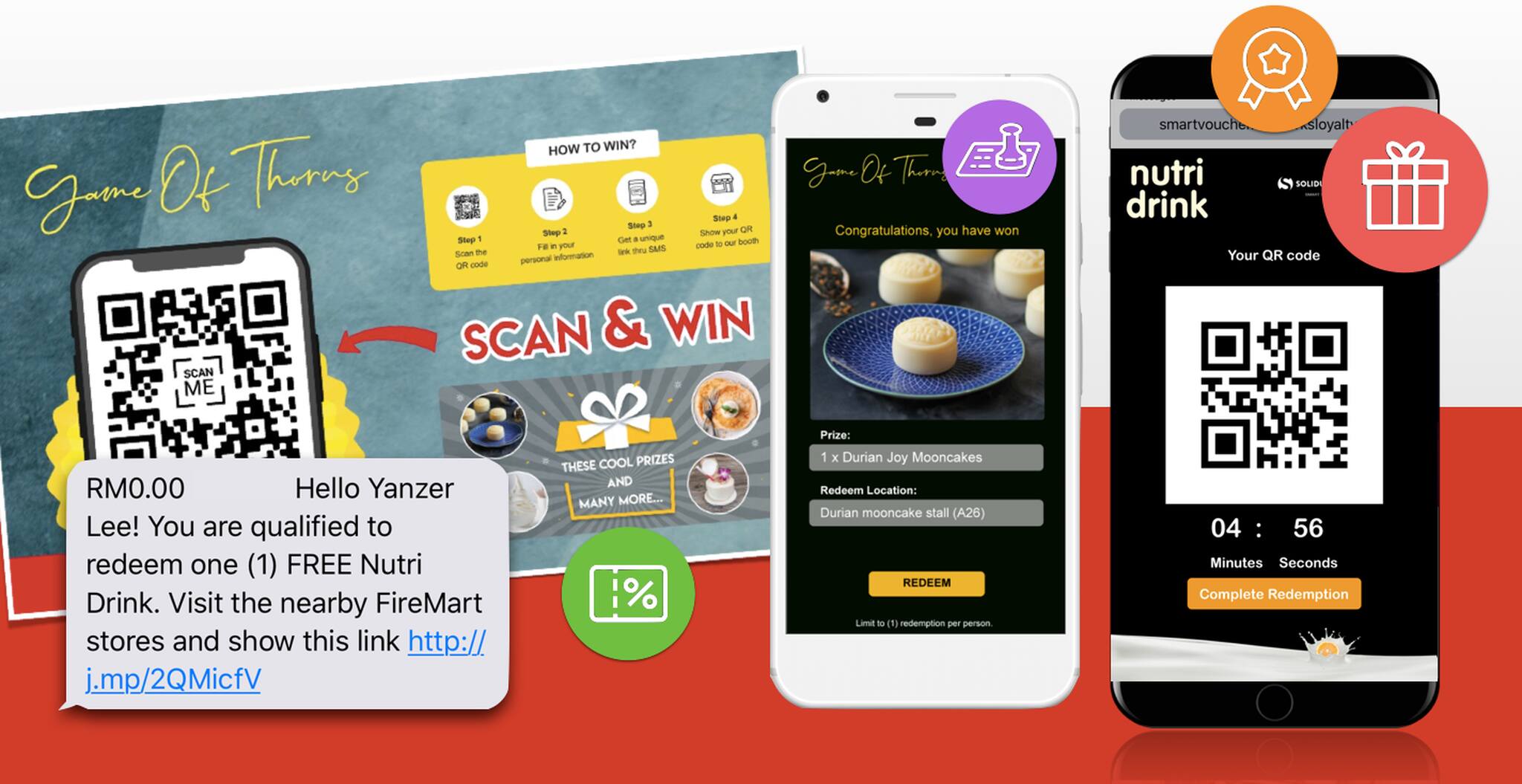Loyalty System Solutions: Boost Repeat Company and Customer Complete Satisfaction
Wiki Article
Boost Client Retention With a Powerful Commitment System
In today's competitive marketplace, enhancing consumer retention is not simply beneficial but essential for continual development. A well-designed commitment system offers as a critical tool in this undertaking, promoting meaningful partnerships in between businesses and their consumers. By comprehending the fundamental parts of efficient commitment programs, organizations can customize their methods to meet varied consumer demands.Value of Customer Retention
Consumer retention is a foundation of lasting company success. It reflects the capability of a company to maintain its customers pleased and engaged with time, leading to repeat acquisitions and long-term profitability. Keeping existing consumers is usually much more cost-effective than acquiring new ones, as it lowers advertising costs and fosters a loyal customer base that advocates for the brand name.
Additionally, high customer retention prices can enhance a company's reputation in the marketplace, bring in new consumers with positive word-of-mouth and references. Services that prioritize consumer retention are likewise much better positioned to gather useful feedback, allowing them to fine-tune their offerings and address possible problems proactively. Ultimately, efficient customer retention approaches create a solid foundation for development, allowing organizations to flourish in an increasingly competitive landscape.
Key Parts of Commitment Programs
A well-designed commitment program works as an effective tool for improving consumer retention by offering motivations that encourage repeat service. To achieve this, a number of key elements have to be integrated right into the program.First, a clear framework for rewards is crucial. Customers must conveniently understand exactly how to gain incentives or points, which can be based on purchase regularity, investing levels, or particular activities like references. This transparency promotes depend on and encourages engagement.
Second, customization plays a critical role. Tailoring benefits and interaction to specific choices enhances customer contentment and strengthens relationships. By leveraging data analytics, companies can use targeted promos that reverberate with consumers' rate of interests.
Third, simplicity of usage is essential. A smooth sign-up procedure and an instinctive user interface for tracking incentives can significantly improve customer experience. They might disengage. if consumers locate it difficult to browse the program.
Finally, routine communication and updates concerning the program maintain it top-of-mind for clients. Notifying them of new benefits, special offers, or program changes helps maintain passion and involvement.
Including these elements efficiently can result in a more successful commitment program that dramatically improves client retention.
Kinds Of Commitment Equipments
Checking out various kinds of commitment systems exposes distinct approaches that organizations can embrace to promote customer retention. One usual type is the points-based system, where customers gain points for every acquisition, which can later be retrieved for benefits. This straightforward strategy incentivizes repeat acquisitions and keeps consumers engaged.
Cashback loyalty programs, where clients get a portion of their purchases back as money or installment plan, are likewise prominent. This design directly awards costs, creating an immediate incentive for customers to return.
In addition, subscription-based commitment systems give clients with special benefits in exchange for a recurring cost. This strategy not just makes sure a stable income stream but additionally cultivates long-lasting relationships with customers that value continuous benefits.
Lastly, experiential commitment programs concentrate on providing unique experiences, such as unique occasions or customized services, enhancing psychological links and brand commitment. Each type of commitment system uses distinct benefits, enabling businesses to straighten their techniques with consumer preferences.
Ideal Practices for Application
When implementing a commitment system, companies need to prioritize understanding their client base to customize the program successfully. Conducting detailed research study to recognize client habits, inspirations, and preferences is necessary. This insight will assist the design of the loyalty program, guaranteeing it reverberates with the target audience.Following, companies should select an appropriate structure for the commitment program. Choices may consist of point-based systems, tiered he said rewards, or experiential incentives. Selecting a design that lines up with client expectations can boost engagement. Furthermore, simpleness is essential; clients need to conveniently comprehend click now how to make and retrieve incentives.
The commitment program need to seamlessly attach with point-of-sale systems, mobile applications, and consumer connection administration (CRM) tools to provide a natural experience. Organizations must on a regular basis promote the loyalty program with different channels, guaranteeing clients are mindful of the advantages.
Last but not least, collecting recurring feedback is vital for continual enhancement. Get consumer input to adapt and improve the program to transforming preferences, inevitably promoting long-term commitment and enhancing consumer contentment.
Determining Loyalty Program Success
Efficiently executing a loyalty program prepares for measuring its efficiency. To gauge success, companies have to establish clear metrics that straighten with their objectives. Secret efficiency indicators (KPIs), such as consumer retention rates, ordinary deal worth, and frequency of repeat acquisitions, give important understandings into program performance.
An additional vital action is the redemption rate, which shows how typically consumers utilize their benefits. A high redemption price usually reflects a program's beauty and significance to clients. In addition, tracking consumer engagement through participation in special promotions or events can expose fads in commitment actions.
Consumer responses is additionally essential; surveys and focus teams can light up understandings of the loyalty program, highlighting areas for enhancement. Assessing consumer life time worth (CLV) can assist quantify the financial impact of commitment campaigns.
Carrying out these measurement approaches enables companies to analyze the program's effectiveness continuously. This data-driven method allows notified choices for optimizing offerings, enhancing customer experiences, and inevitably cultivating deeper client loyalty. By routinely assessing these metrics, organizations can guarantee their commitment programs advance in tandem with consumer expectations and market characteristics.

Conclusion
In final thought, a well-structured commitment program significantly enhances client retention by promoting solid links via personalized rewards and efficient interaction. Carrying out ideal techniques ensures that the program remains easy to use and appropriate, while constant comments assists in recurring renovations. Inevitably, an effective commitment system not see this website just improves client fulfillment yet likewise drives repeat acquisitions, establishing a faithful client base that is important for long-lasting company success and sustained profitability.Retaining existing consumers is often extra cost-efficient than getting brand-new ones, as it decreases marketing expenses and cultivates a dedicated consumer base that supports for the brand name.
In addition, high consumer retention prices can enhance a company's reputation in the market, bring in new customers via positive word-of-mouth and referrals.When applying a commitment system, companies should focus on comprehending their customer base to customize the program efficiently. Businesses need to on a regular basis promote the commitment program through numerous channels, ensuring consumers are aware of the advantages.
Eventually, an effective loyalty system not just increases consumer fulfillment but likewise drives repeat purchases, developing a loyal client base that is crucial for long-lasting business success and maintained profitability.
Report this wiki page